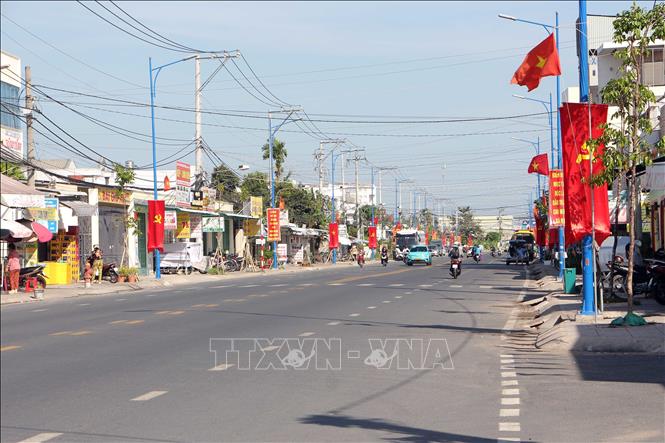
A section of Lo Vong Cung route in An Binh ward (Ninh Kieu), this route played an important military role in the two resistance wars to save the country. Photo: Trung Kien/VNA
Where "bullets intermingle with bullets, bombs next to bomb craters"
The Vong Cung Road originates from the foot of Cai Rang Bridge (Ninh Kieu District), runs through Phong Dien District and ends at Te Ba Se Road (O Mon District) with a length of about 30km. This is a convenient traffic route, with an important strategic location at the southwest gateway of Can Tho city center.
According to data from Phong Dien Party History (2004 - 2024), with the importance of the location of Lo Vong Cung, in the military strategy, the US - Puppet established a dense system of posts along the entire route, considering Lo Vong Cung as the protective belt for Tra Noc airport, the Center of Tactical Zone IV and the US - Puppet representative agencies in Can Tho. Meanwhile, Lo Vong Cung was considered a troop transfer location, a forward medical station and a place to hide weapons to provide logistics for our army units.
According to Colonel Huynh Thanh Phuong, Chairman of the Veterans Association of Can Tho City, with such importance, the Vong Cung Road was the scene of fierce fighting between us and the enemy. The enemy focused on sweeping the people, hunting down and arresting our forces; regularly firing artillery and dropping bombs in an attempt to turn this place into a “white zone”, pushing the revolutionary forces away from the people.

Perspective of the project, preserving, embellishing and promoting the value of the historical relic Lo Vong Cung after completion. Photo: Thanh Liem/VNA
In the memories of many revolutionary veterans, from 1968 until liberation, along the Lo Vong Cung route, hundreds of thousands of tons of bombs and shells were suffered, and vegetation was left withered. This place was once described by poet Lam Thao as "bullets intermingling with bullets, bombs next to bomb craters" to show the fierce nature of this land.
Although the war was fierce, the enemy used many cruel tricks to destroy and isolate people from the resistance zone, cutting off communication between the masses and the revolution, but the army was still able to live among the people, the army and people steadfastly fought to maintain the revolutionary base of Lo Vong Cung as a springboard to attack and liberate Can Tho in 1975.
After liberation, the government and people of Lo Vong Cung overcame difficulties, united, and made great efforts to build the devastated, "bomb-plowed, bullet-torn" land into a "green belt". Fifty years have passed, but the memories of that day still exist in the mind of former patriotic prisoner Nguyen Van Xa (80 years old, former commune team leader, Chairman of Giai Xuan commune from 1969 to 1978): Since 1971, people who had evacuated began to return home. But it was not until after 1975 that Lo Vong Cung truly came to life when vegetable gardens and rice fields were covered in green... Although life was still difficult, the government, cadres and people were determined to revive the "white land".
Greening the "ring of fire"
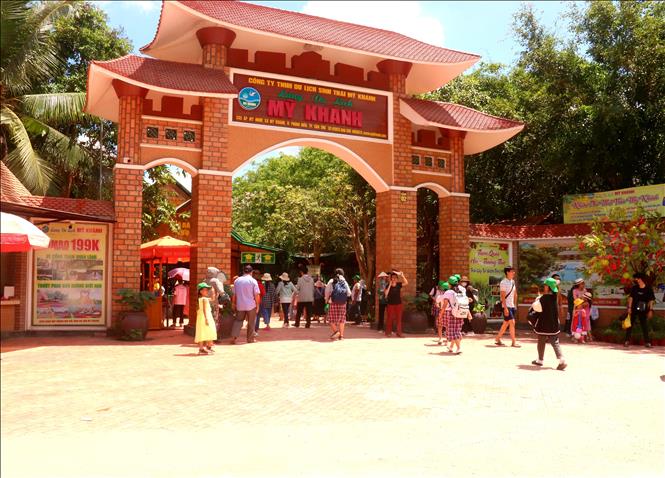
My Khanh tourist village, Phong Dien district is chosen by many tourists during the holidays. Photo: Thu Hien/VNA
Most of the area of Lo Vong Cung today belongs to Phong Dien district. The length of Lo Vong Cung across Phong Dien district is about 15km. Phong Dien district is identified by Can Tho as the "green lung", a key area of the city. In recent times, promoting the advantages of soil and rich orchards, Phong Dien has promoted economic restructuring; in which, high-quality ecological agriculture and ecotourism services are still the top priorities; developing typical and unique tourism products to attract tourists.
Lo Vong Cung now has a new administrative name, Provincial Road 923, associated with famous landmarks in Tay Do such as: Cai Rang floating market, My Khanh eco-tourism area, Truong Long, Nhon Ai, Tan Thoi fruit gardens (Phong Dien district)...
From Provincial Road 923, there are many routes leading to cultural relics such as: National cultural relic of Phan Van Tri's tomb, Ong Hao historical and cultural relic, Stele of hatred in Tan Thoi commune, Lung Cot Cau floating stone cultural relic site and Vam Gua tourist area (Nhon Nghia commune)...
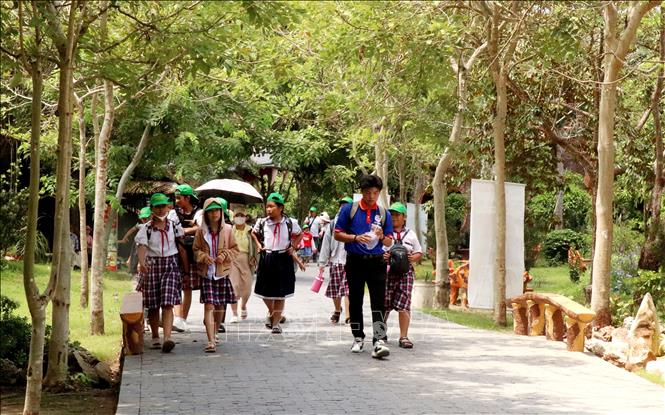
With its eco-tourism features and cool gardens, My Khanh Tourist Village in Phong Dien District is a popular choice for tourists during the holidays. Photo: Thu Hien/VNA
When it comes to Phong Dien tourism, we must mention My Khanh Tourist Village (My Khanh commune). My Khanh Tourist Village was established and developed for more than 20 years. From a tourist village with about 1 hectare, it has now expanded to more than 30 hectares including functional areas serving tourism; including an entertainment area (pig racing, dog racing, ...), a craft village with artisans making traditional cakes to serve guests, cool house services, fruit gardens ...
My Khanh tourist village is ranked as the first 4-star OCOP product of Can Tho in particular and the whole Mekong Delta in general. Every year, My Khanh garden eco-tourism area welcomes tens of thousands of domestic and foreign tourists to visit, experience the culture, cuisine, and beautiful scenery of the Mekong Delta.
Phong Dien is also known as the "fruit kingdom" in Can Tho. The district has formed specialized areas for the production of durian (Tan Thoi commune), star apple (Giai Xuan, Truong Long), longan (Nhon Nghia)...
According to Mr. Nguyen Trung Nghia, Secretary of Phong Dien District Party Committee, the "ring of fire" - Road Vong Cung during the years of bombs and bullets, has gradually transformed into a "green belt" with more than 9,000 hectares of fruit gardens and 65 tourist attractions. In 2024, tourist attractions in the district will attract nearly 2 million visitors, with revenue of more than 532 billion VND.
Phong Dien is aiming for an ecological urban area, harmoniously developing between urban and rural areas, ensuring it is the "green lung" of Can Tho city.
Phong Dien district was recognized by the Prime Minister as meeting new rural standards in 2015. To date, all 6 communes of the district have been recognized as meeting advanced new rural standards; of which, 4 communes have been recognized as meeting model new rural standards. The district is focusing on implementing the criteria for building an advanced new rural district.
Located on Lo Vong Cung route, Tan Thoi commune has just been recognized as a model new rural commune in 2024. According to Ms. Nguyen Ho Phuong Thao, Chairman of Tan Thoi Commune People's Committee, the commune's strength is developing garden economy. The commune currently has 1,270 hectares of fruit gardens; of which, 1,249 hectares are planted with durian, with an annual output of over 15,000 tons. The commune has 17 durian growing area codes granted for export. People's lives are prosperous, and the commune will no longer have poor households by 2023.
Phong Dien district after 50 years of liberation has entered a new page in the development process. The economic growth rate of the district has always been maintained at a high level, the economic structure has shifted in the right direction.
Standing Deputy Secretary of Phong Dien District Party Committee Tran Le Binh informed that the district's socio-economic infrastructure system has been gradually built synchronously and modernly. Urban beautification work has received attention, and the urban appearance has changed a lot. Notably, among the 8 key projects of Can Tho city (term 2021 - 2026), there are 2 major projects that create new momentum and breakthroughs related to the Ring Road: The Western Ring Road project connecting National Highway 91 with National Highway 61C passing through 5 districts (O Mon, Binh Thuy, Ninh Kieu, Cai Rang and Phong Dien); The project to upgrade and renovate Provincial Road 923, over 13km long (starting from Phong Dien town to Truong Lac ward, O Mon district) with a total investment of over 570 billion VND.
50 years after the Liberation of the South and the reunification of the country, the Fire and Earth Arc has made its mark in the heroic history of the nation. Now, a prosperous life is taking place on this heroic land. A land that was once plowed and crushed by bombs and bullets has now risen to become an ecological garden tourism area, a famous fruit kingdom of the Western Capital. The Fire and Earth Arc has truly been greened.
Source: https://baotintuc.vn/thoi-su/50-nam-thong-nhat-dat-nuoc-dat-lua-no-hoa-20250329071105775.htm


![[Photo] General Secretary To Lam receives Russian Ambassador to Vietnam](https://vstatic.vietnam.vn/vietnam/resource/IMAGE/2025/4/2/b486192404d54058b15165174ea36c4e)
![[Photo] Third meeting of the Organizing Subcommittee serving the 14th National Party Congress](https://vstatic.vietnam.vn/vietnam/resource/IMAGE/2025/4/2/3f342a185e714df58aad8c0fc08e4af2)





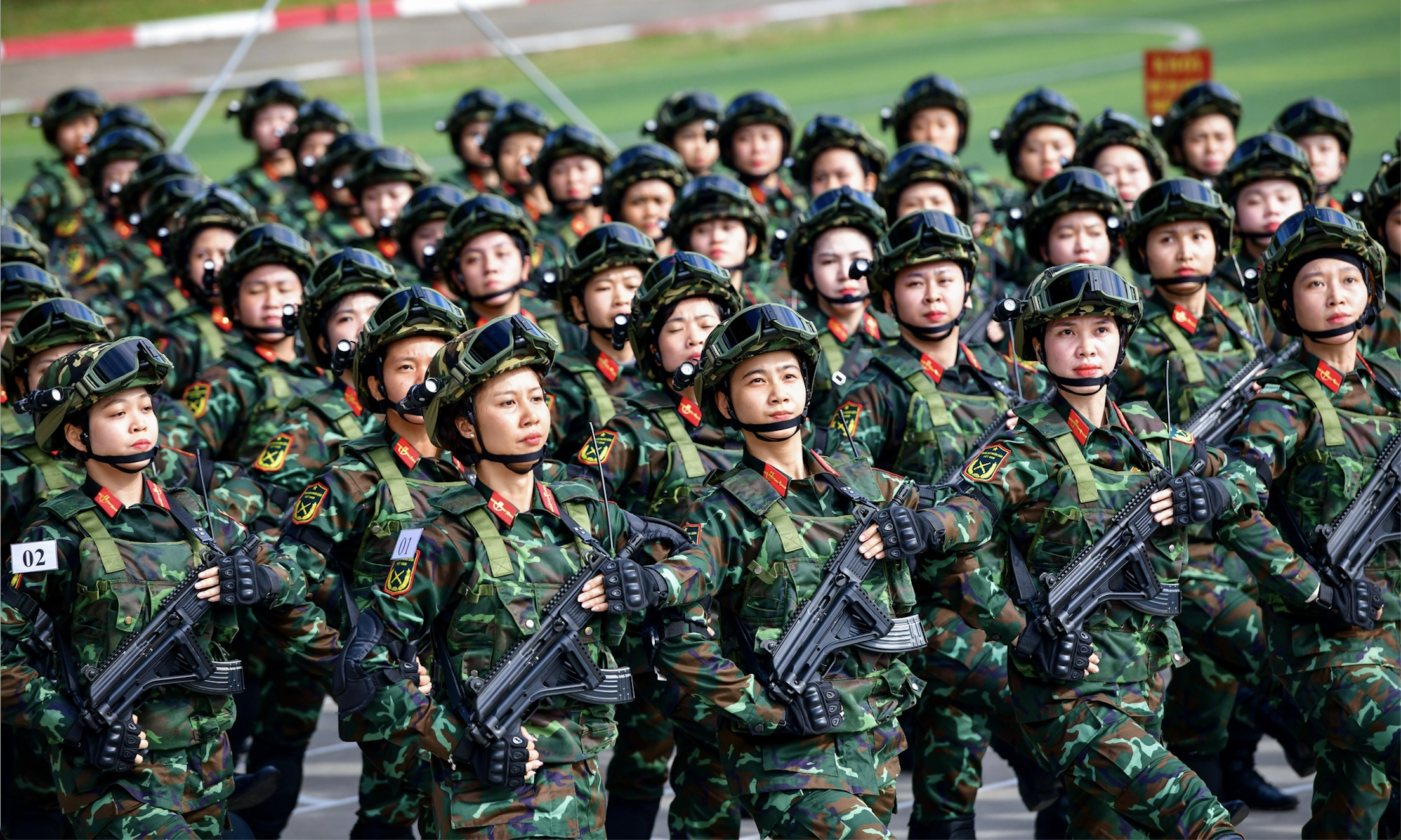

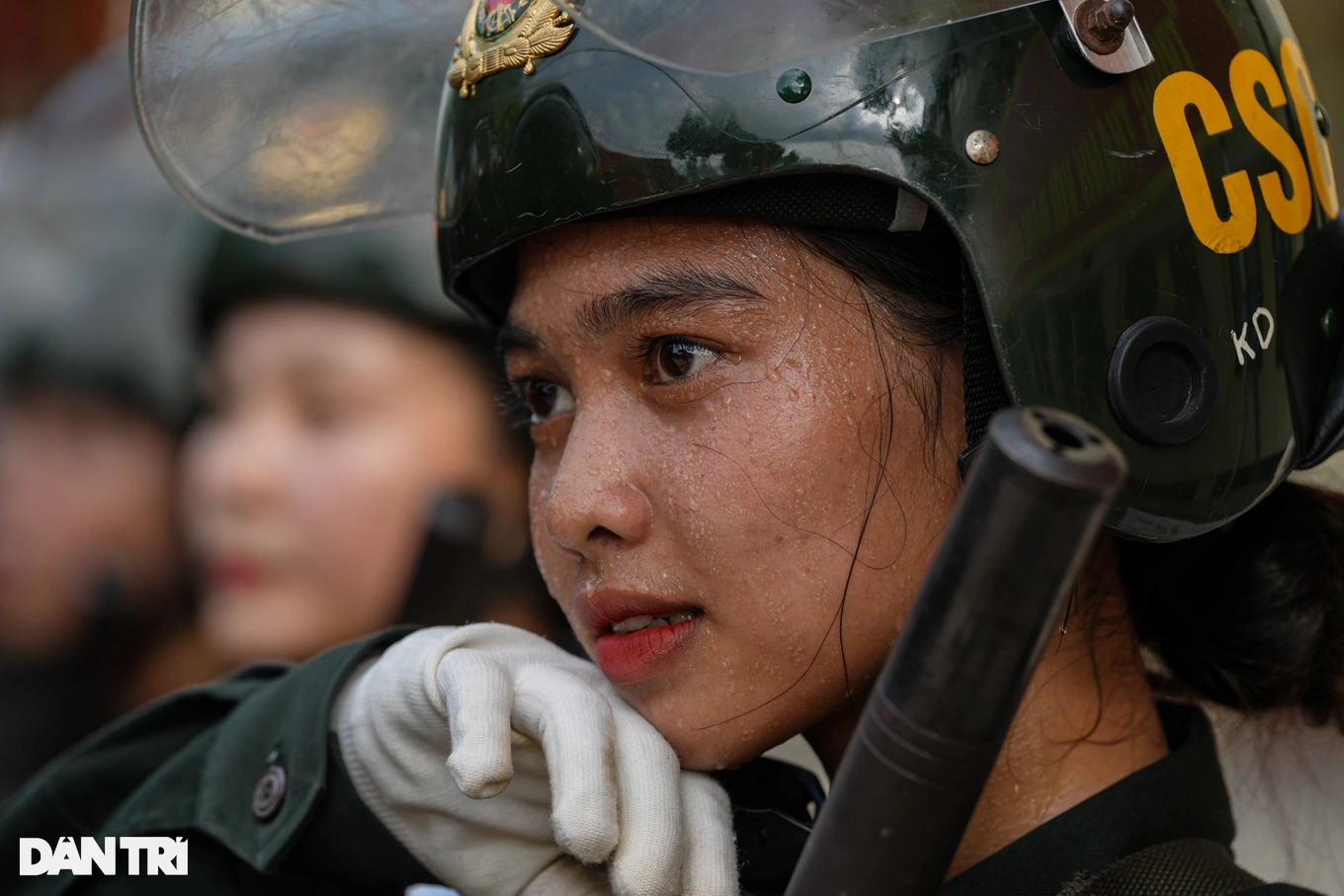



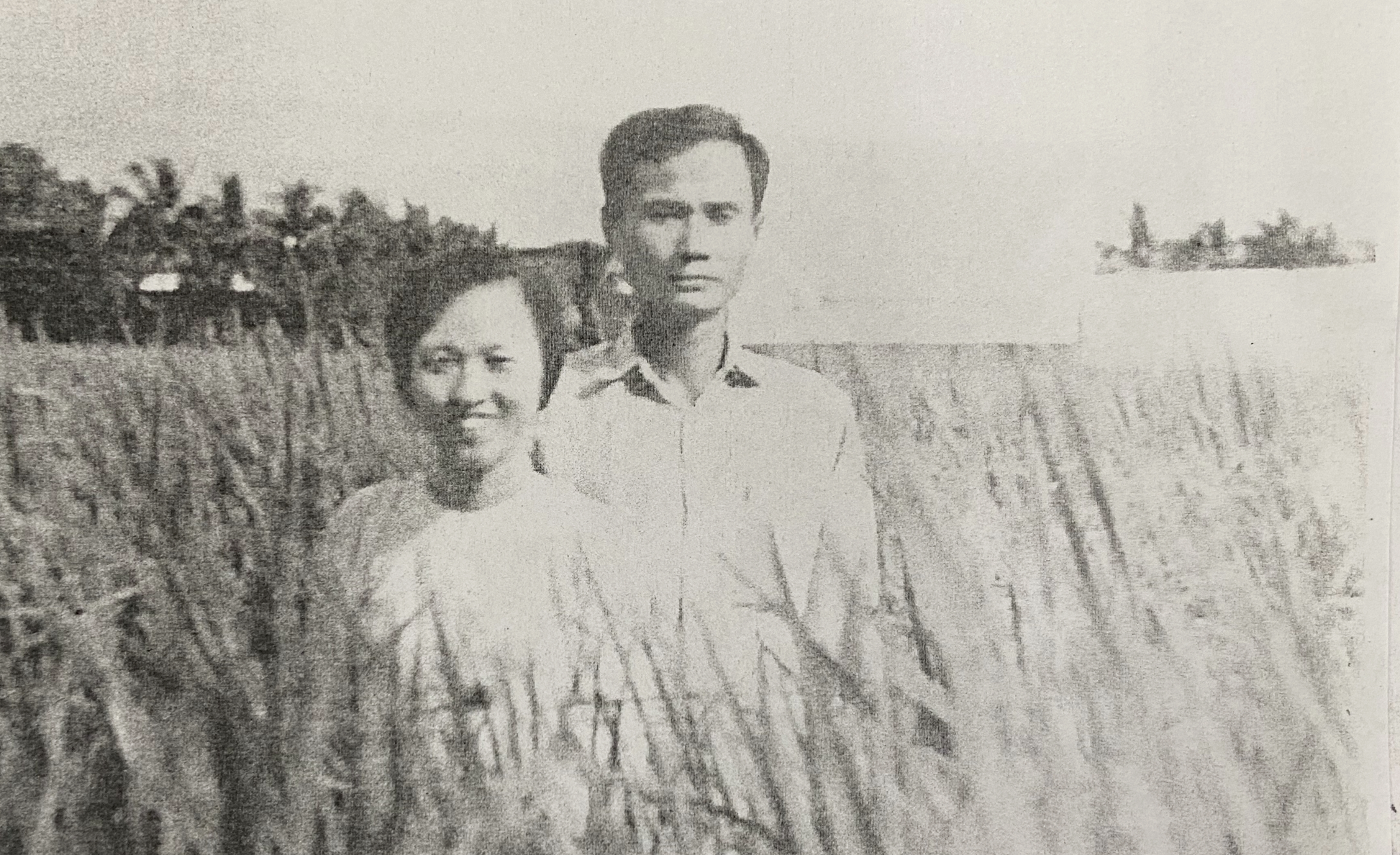

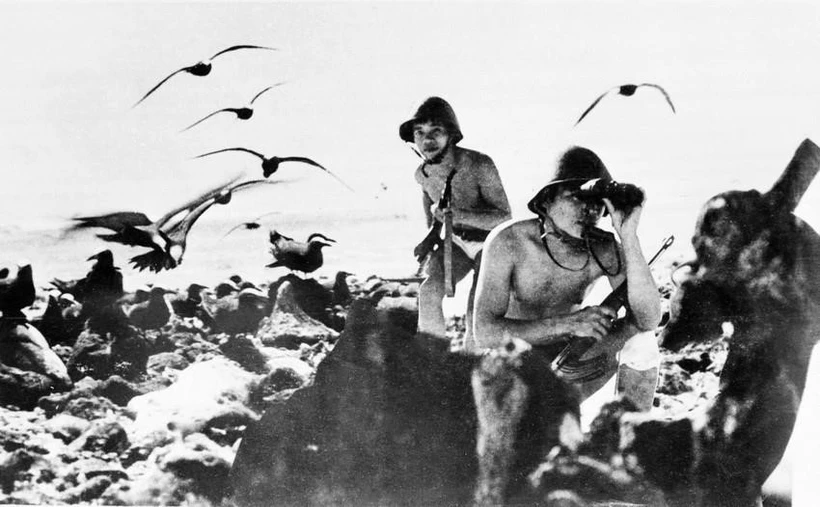

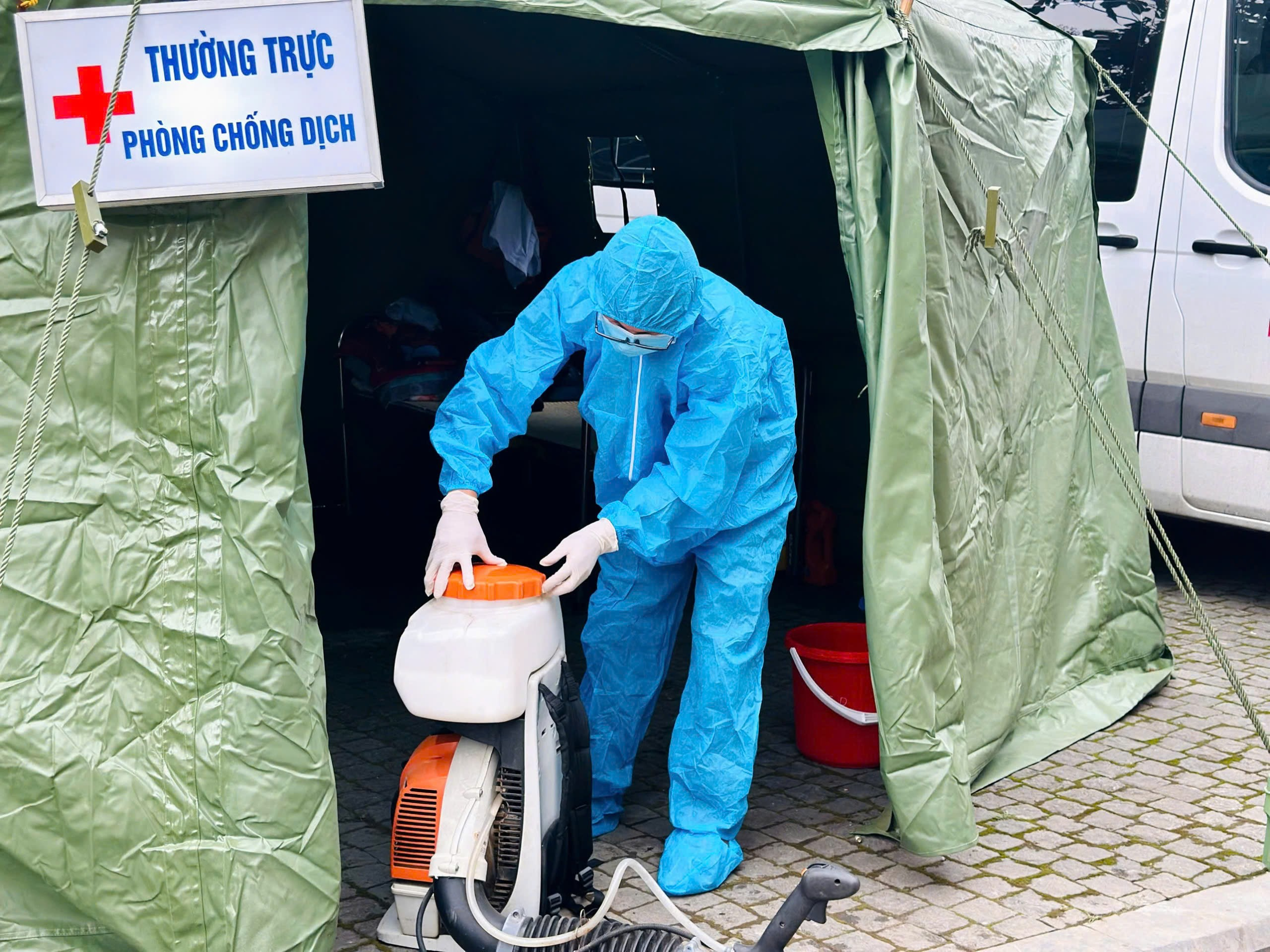
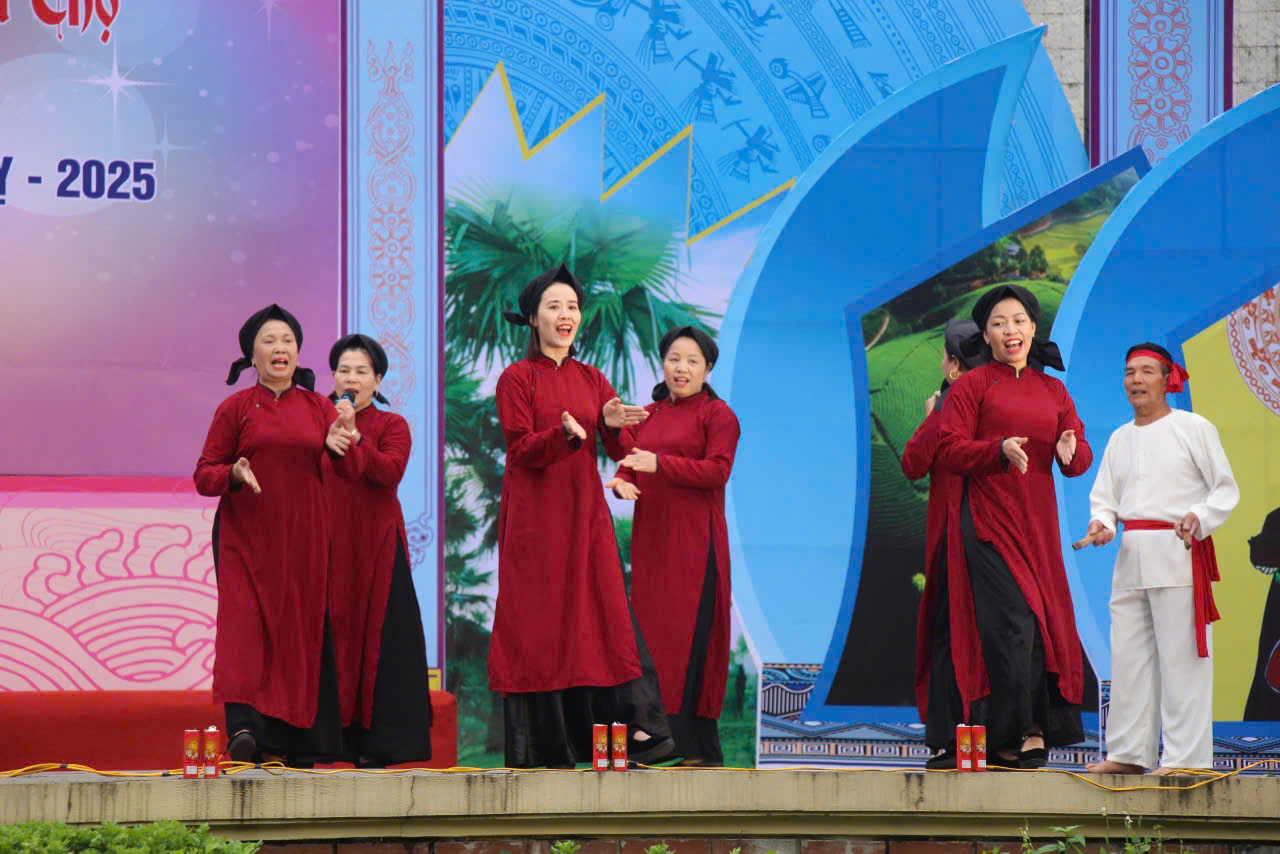
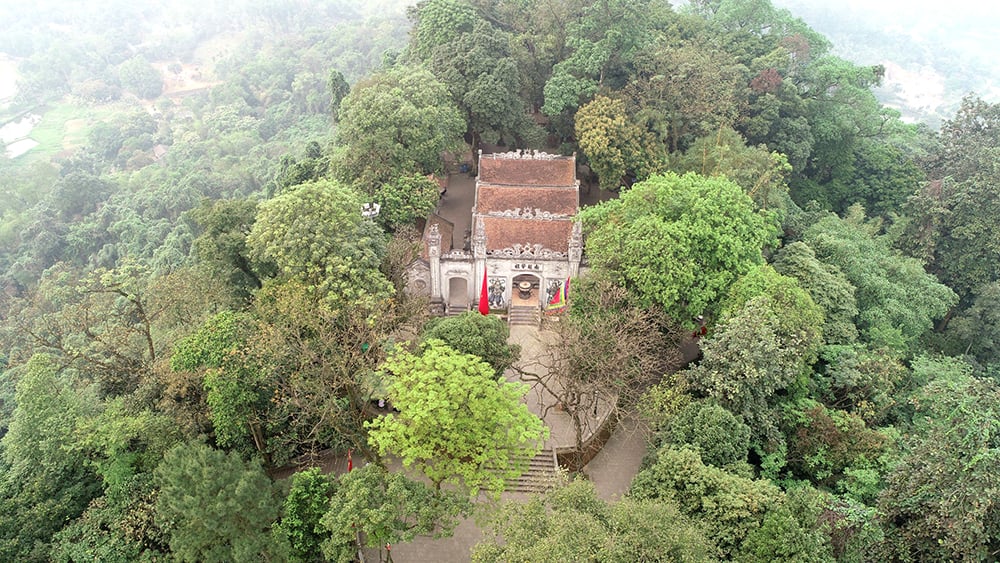

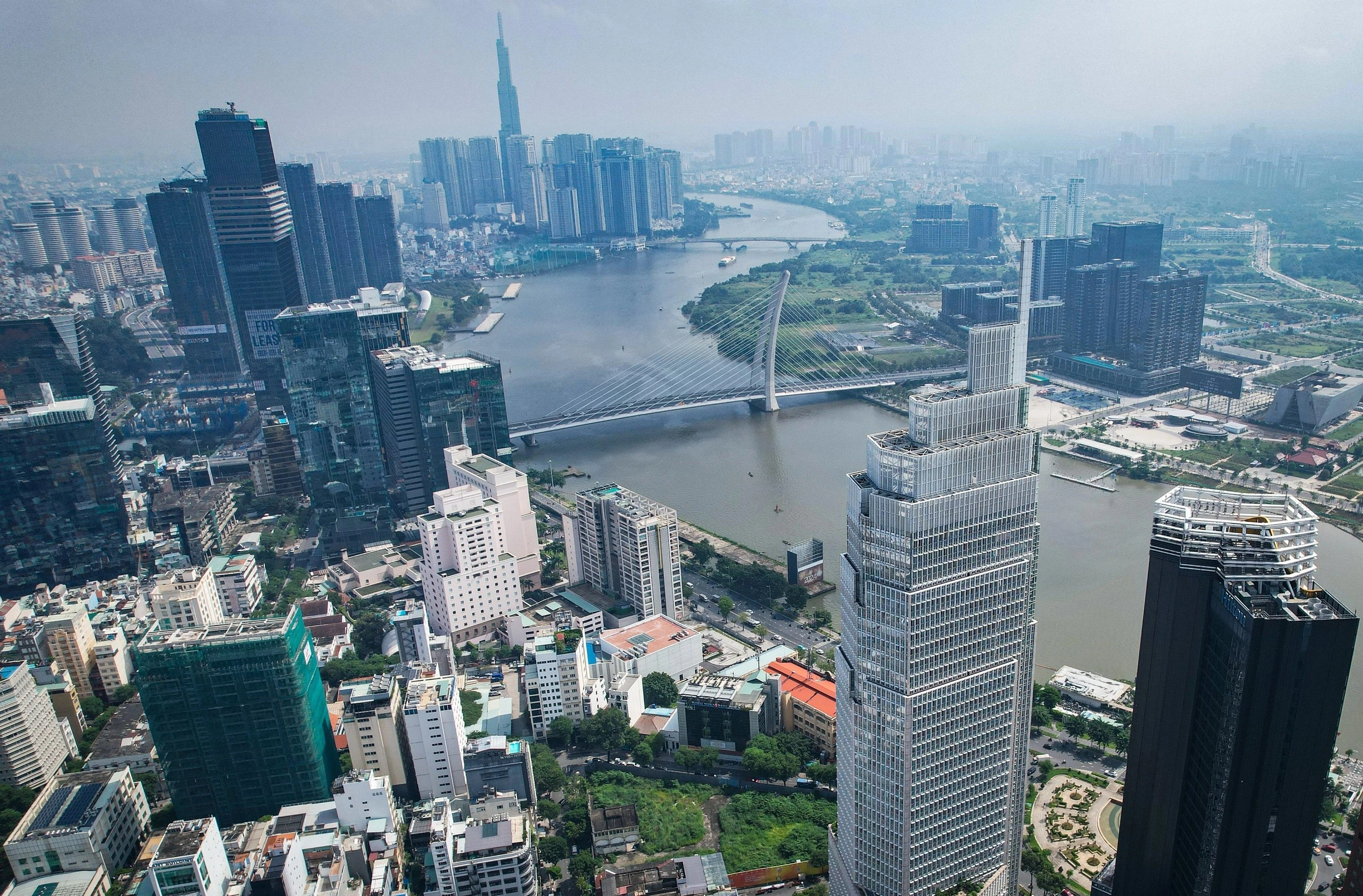
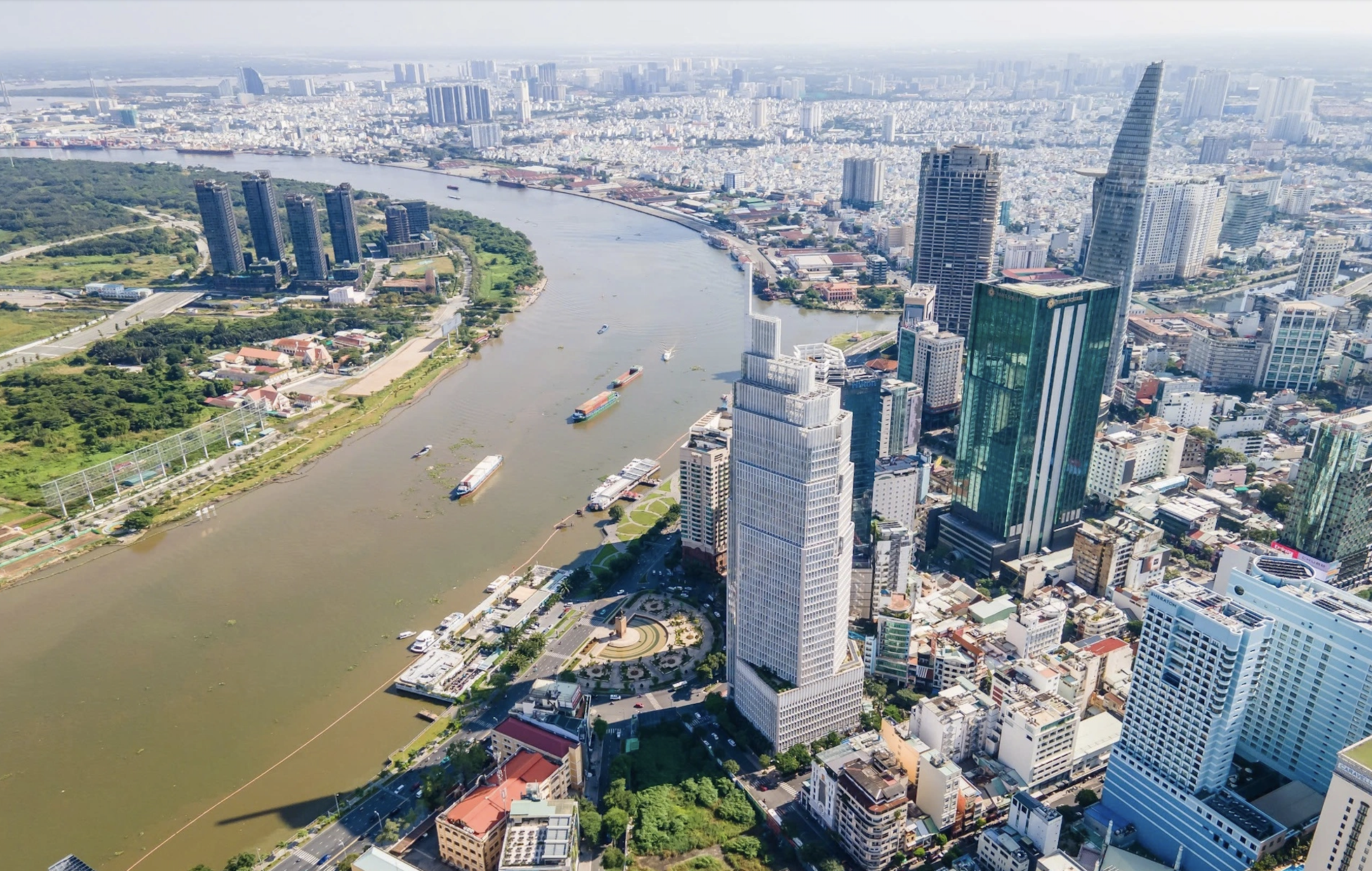





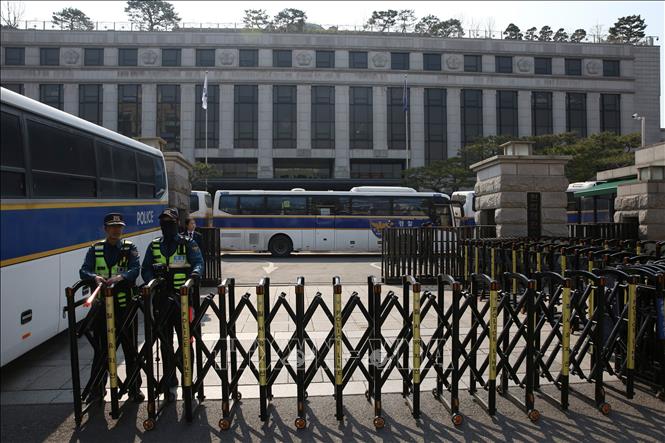
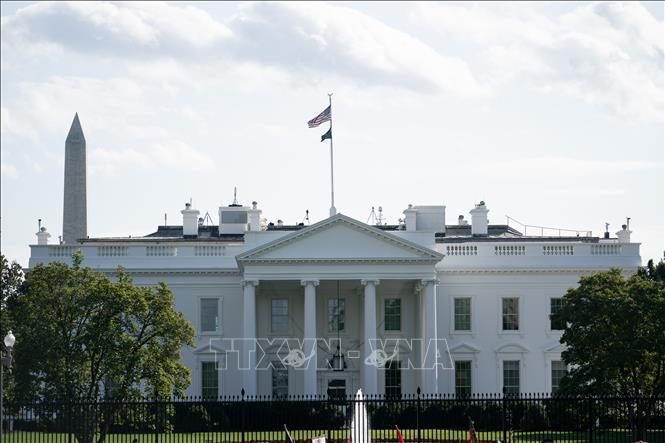


![[Photo] Relatives of victims of the earthquake in Myanmar were moved and grateful to the rescue team of the Vietnamese Ministry of National Defense.](https://vstatic.vietnam.vn/vietnam/resource/IMAGE/2025/4/2/aa6a37e9b59543dfb0ddc7f44162a7a7)






































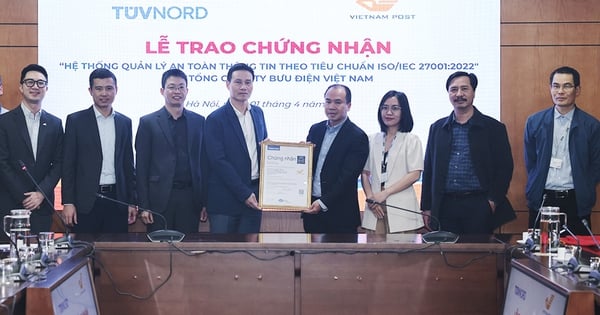

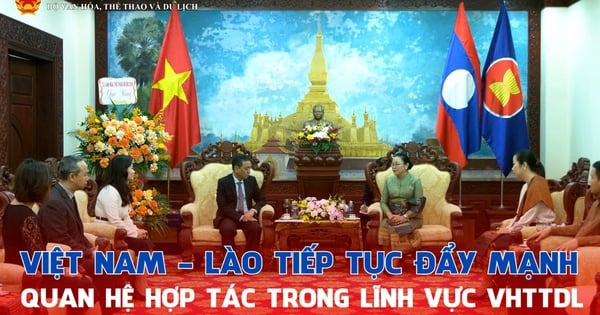


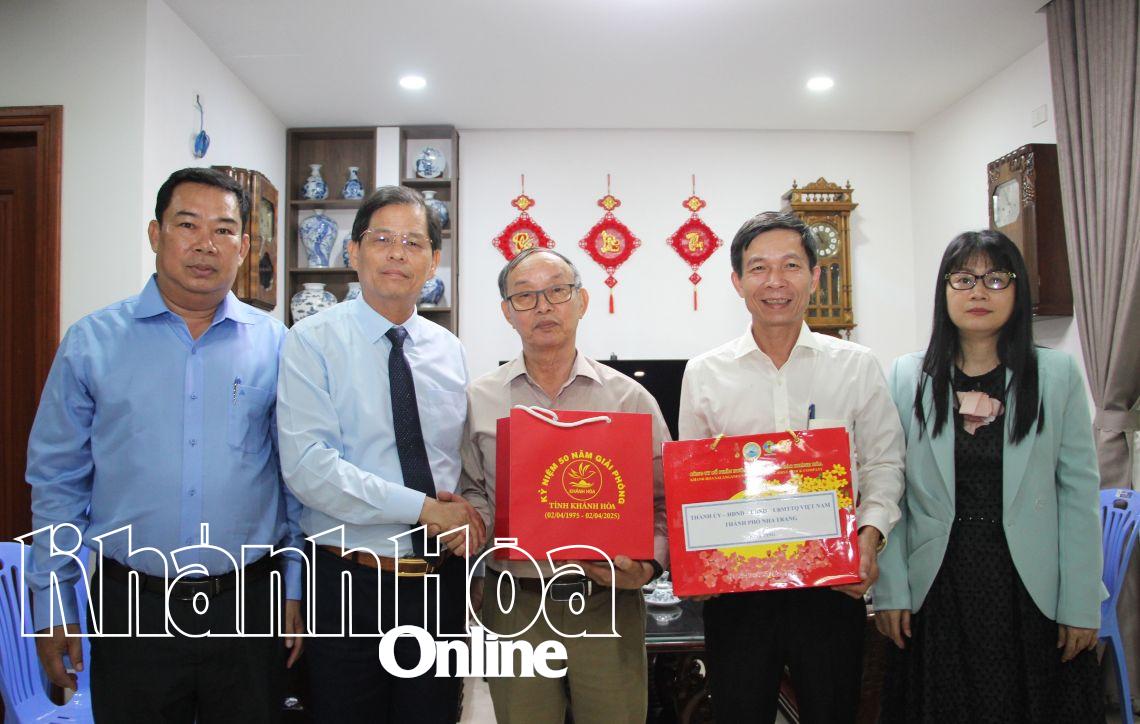


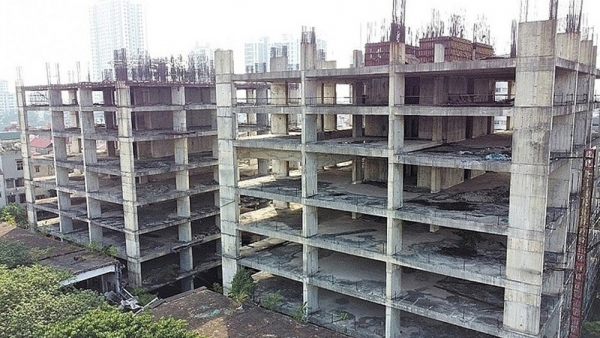
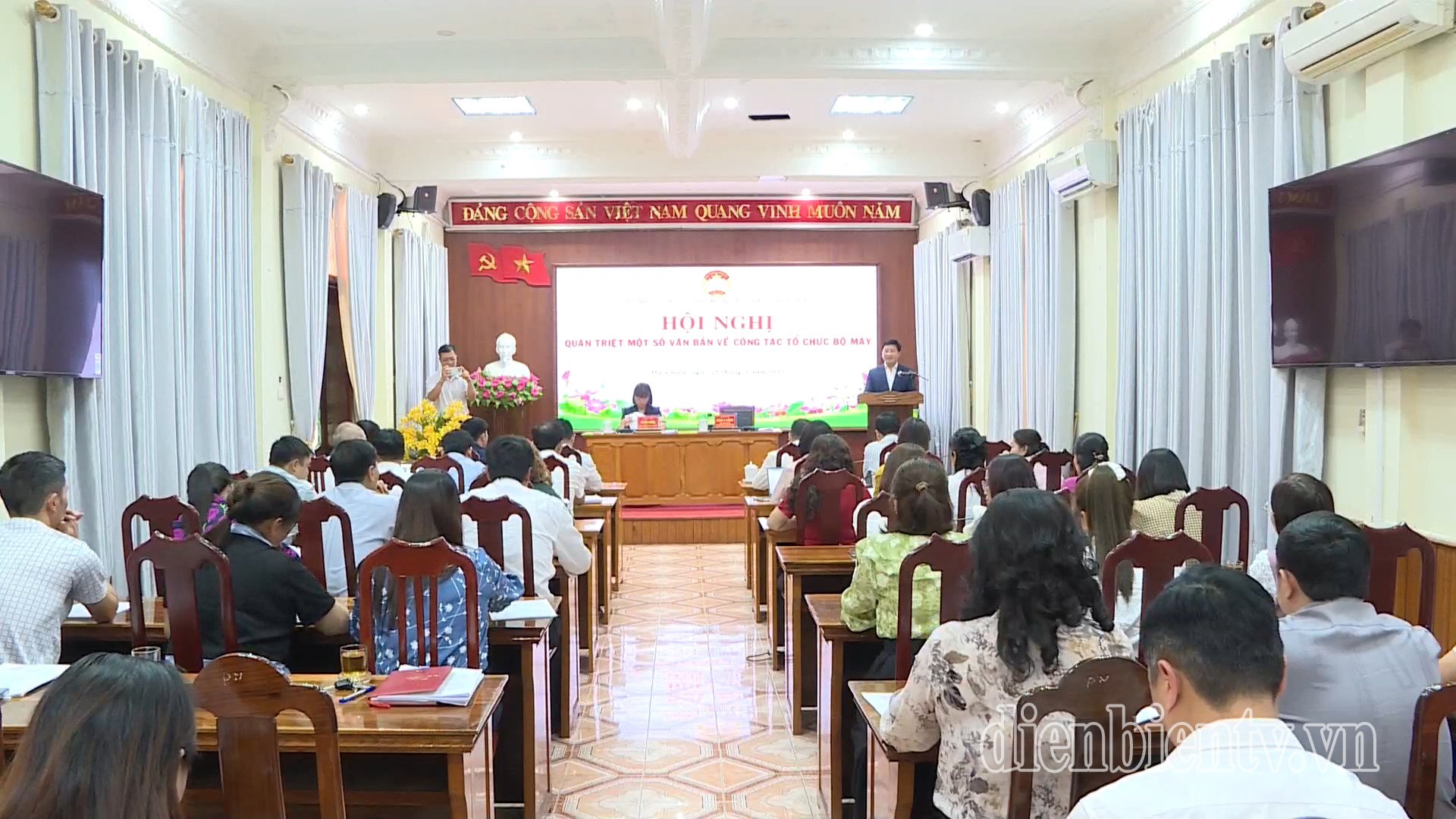

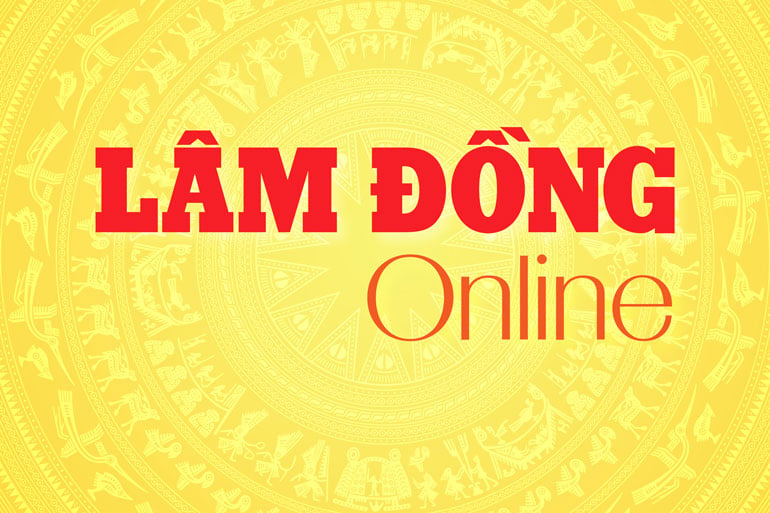












Comment (0)